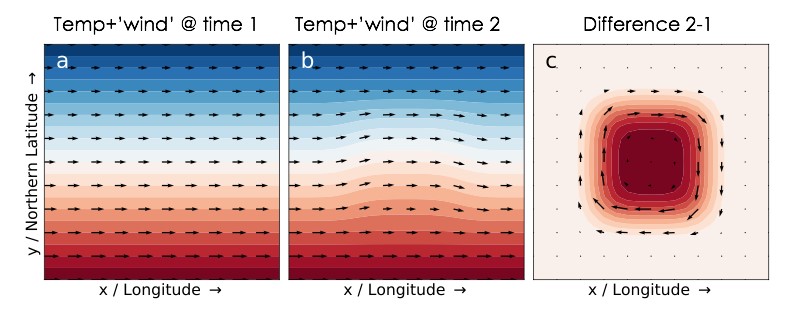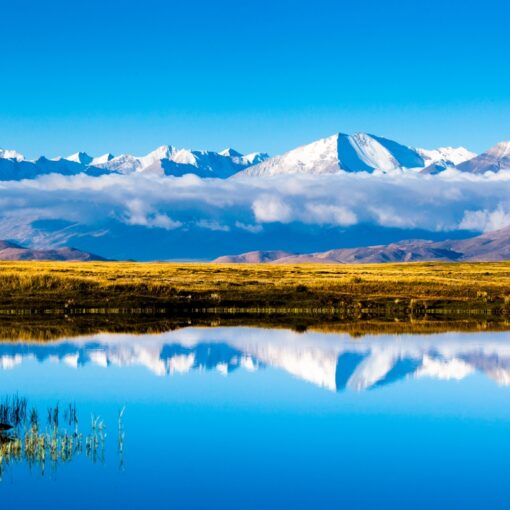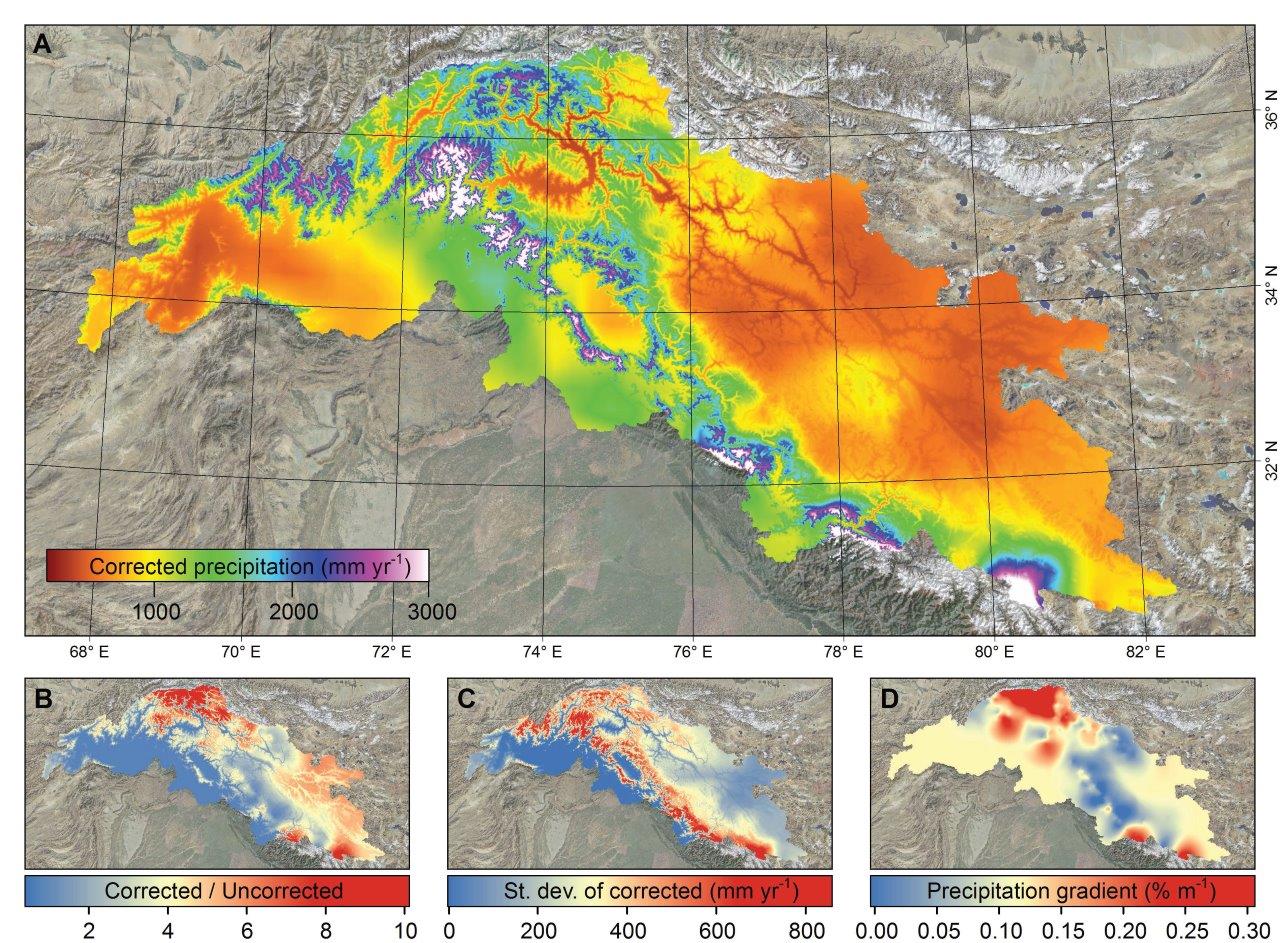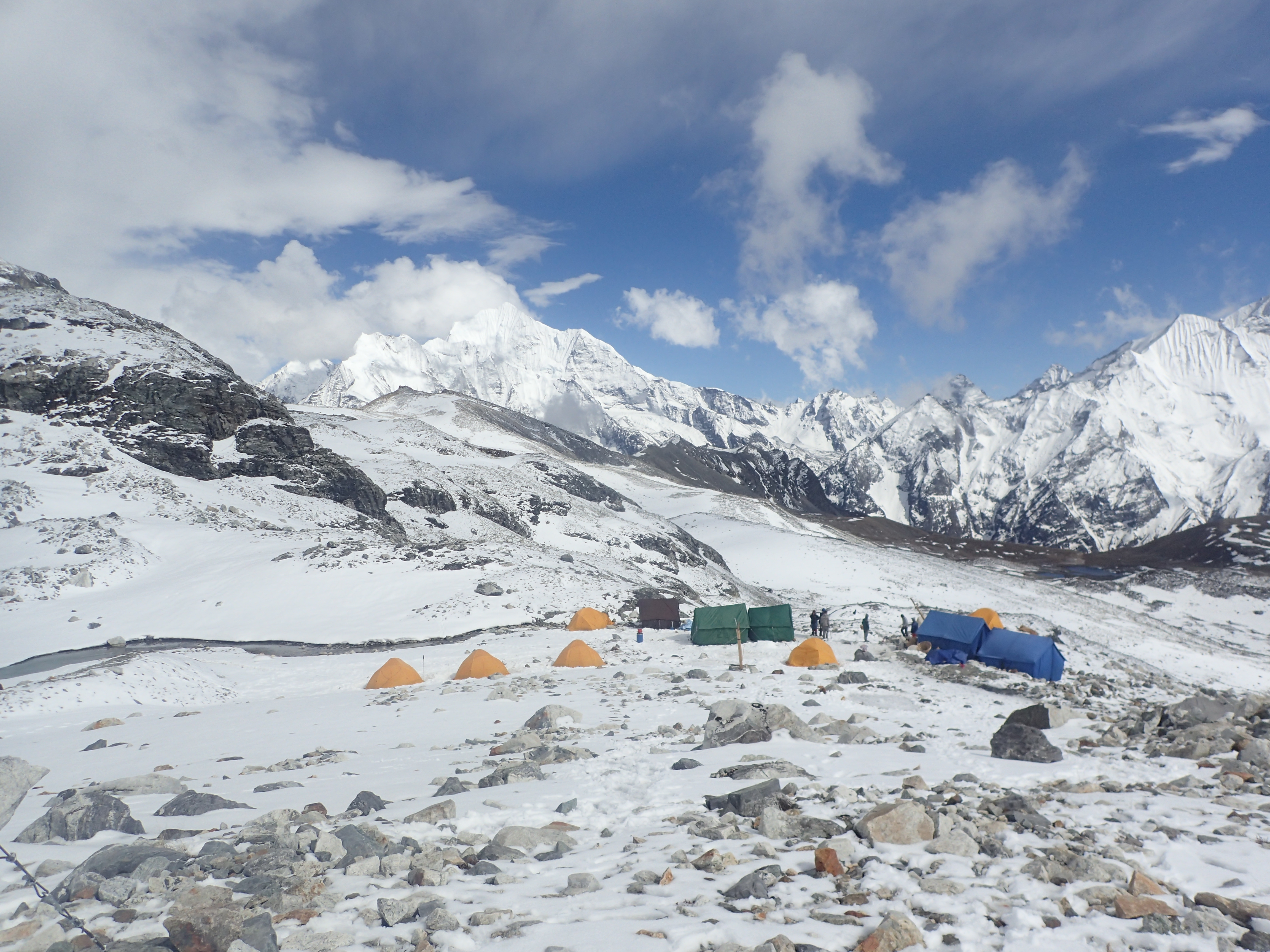The region around the Karakoram mountain range is a very puzzling one. Not only does it have some of the highest and most glacierized mountains in the world, the glaciers there are also not shrinking, like they do in the rest of world. In close-by mountain ranges, such as the Kunlun Shan, glaciers are actually growing on average. This has caused quite some headaches for climate and cryosphere scientists.
One possible solution was found in the atmosphere: when the Karakoram was colder, the air around it spun more in one direct. When it was warmer, the air around the Karakoram spun more in the other direction. This behaviour was dubbed the ‘Western Tibetan Vortex’, and it showed that there was a region of cooling in the Karakoram, which may have caused the glaciers to grow.
But is it really the vortex that is causing the temperatures to change, or are temperature changes the cause of the vortex? We now argue that it is the latter. First of all, we found that such vortex-like is exactly what you expect from atmospheric theory: if you change the temperature in a region, the wind field will change around it. There never really is a vortex in the atmosphere though.

We confirmed that this theoretical behaviour is also happening in the real atmosphere. Another thing we checked is the role of warming compression of the air from (adiabatic heating). This was suggested to be the main driver of temperatures for the Karakoram glaciers, but we found it to have very little influence. Although adiabatic heating is important higher in the atmosphere, we found the surface temperature mainly to be determined by the amount of sunlight that reaches the surface.
An interesting implication of our findings is that temperature changes cause vortex-like behaviour almost everywhere. So, the methods that have been used before to study the Western Tibetan Vortex can also be used in other regions.
de Kok, R.J. & Immerzeel, W.W.: “The Western Tibetan Vortex as an emergent feature of near‐surface temperature variations”, Geophysical Research Letters.




